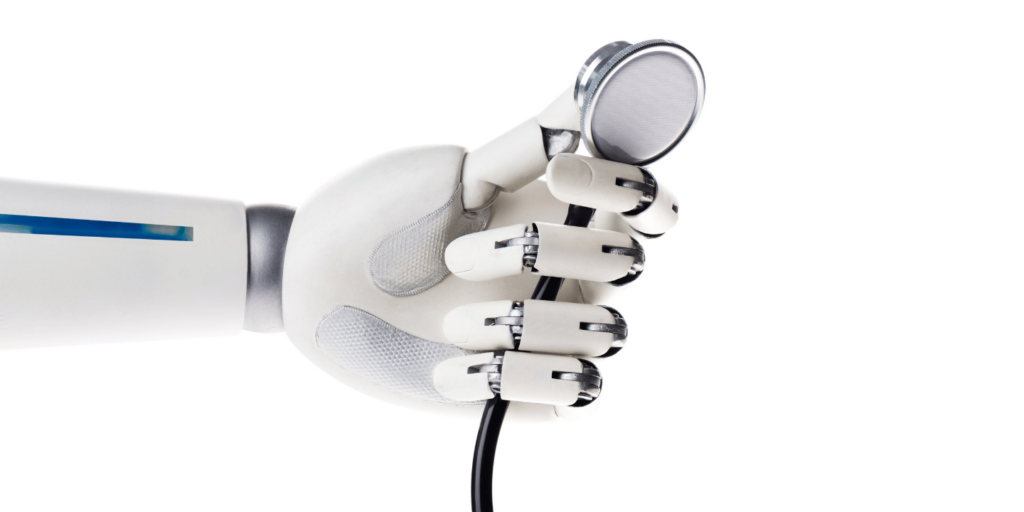From apocalyptic movie plots to news articles about job displacement, artificial intelligence (AI) is often at the center of dramatic narratives. While these portrayals can seem exaggerated, AI has been an integral part of our modern world for some time, and the reality is much more complex. For instance, predictive analytics—the core of AI—drives facial recognition, streaming recommendations, natural language processing, and more. However, developing AI models requires a complex procedure called model training, which is necessary to get reliable and practical predictions. Let’s dive into what this means and why it’s essential for AI systems to perform well.
Table of Contents
AI Model Training: What Is It?
Fundamentally, training AI models involves teaching algorithms to analyse data and make correct predictions. An AI model relies on training data and algorithms to improve its performance. Think of an algorithm like a mathematical equation with unknown variables—during training, these variables are adjusted to fit the data as closely as possible.
The training process is an iterative loop rather than a single event. Data is repeatedly fed into the algorithm to assess the model’s predictions and make necessary adjustments based on the findings. This loop continues until the model can forecast the future accurately, even when presented with unexpected facts.
The AI Model Training Procedure
Data Collection
Data is the first step in training an effective AI model. High-quality data that accurately depict real-world situations is required. Data must be gathered and cleaned at this step to guarantee accuracy and consistency. For a model to learn efficiently, high-quality data is just as important as high-quality teaching materials for students.
Select a Training Model
It is essential to choose the appropriate training model. Choosing algorithms that align with the project’s objectives and outlining its goals are the tasks of this step. Budget, time, and processing power are considered because different models and methods require different resources. The objective is to strike a balance that satisfies the project’s demands while remaining within realistic boundaries.
First Training
The first training step starts once the data and algorithms are set up. Primary data is fed into the model in this stage to gauge its performance. The model will probably make some mistakes initially, but these are good for learning. First, instruction helps to detect any significant problems and prepares the groundwork for more advanced instructions.
Validate The Training
It’s time to test the model’s performance once it runs relatively well on the initial data set. Testing the model with a new set of data that is more sophisticated or varied than the original training set is known as validation. This stage guarantees testing that the model can handle various scenarios and helps identify any issues that might not have been apparent earlier.
Test The Model
The last stage before deployment is testing the model with actual data. This is the model’s equivalent of a final exam, wherein its performance outside the controlled training environment is evaluated. The model is prepared for deployment if its performance meets expectations. Otherwise, additional instruction and modifications are required.
Business and AI’s Role
AI’s ability to provide fresh perspectives and streamline procedures is revolutionizing businesses’ operations. AI may, for example, evaluate supply chain data in the manufacturing industry to forecast costs, quality, and delivery schedules. By using this information, firms may increase efficiency and make well-informed decisions.
Businesses should identify their unique difficulties and ensure they can access high-quality data before leveraging AI to its full potential. Additionally, they need the infrastructure needed for data processing and analysis. From increasing operational efficiency to spotting new business prospects, properly trained AI models can be valuable.
In conclusion, the crucial process of teaching computers to produce precise predictions over a series of repetitive stages is known as AI model training. Businesses can use AI to enhance decision-making and obtain valuable insights by collecting data, choosing suitable models, and thoroughly testing and validating performance. Significant improvements and operational advantages can result from successfully comprehending and using AI model training in various business scenarios.
Challenges in AI model training
Data Bias Training
- Issue: AI models may pick up biases from the training set, producing biased or unjust results.
- Solution: Make sure the datasets are representative and diverse, and conduct in-depth data audits to find and fix biases.
Handling Large Volume of Data
- Issue: Since large amount of high-quality data is required, organizing and processing it requires a lot of resources.
- Solution: Use scalable processing platforms, strict quality control procedures, and automated data cleaning technologies.
Infrastructure and Processing Power
- Issue: Large amounts of computational infrastructure and resources are needed for complex models.
- Solution: Use cloud computing, deploy specialized hardware, and optimize algorithms for efficiency.
Overtraining versus Overfitting
- Issue: Overfitted models perform well with training data but badly with fresh data. When too much training degrades model performance, it’s called overtraining.
- Solution: To reduce overfitting and prevent overtraining, use cross-validation, regularization, and early stopping.
Explainability
- Issue: Many AI models are “black boxes,” which obscure their decision-making procedures.
- Solution: Use interpretable models and explanation strategies like LIME or SHAP to improve transparency.
Advancements in AI Model Training Techniques
- Deep Reasoning: AI could gain the ability to understand complex causal relationships.
- Training Efficiency: Emerging techniques might achieve strong performance with minimal data.
- Unsupervised Learning: Progress in this area could reduce reliance on labeled datasets.
- Transfer learning: While transfer learning allows models to adapt to related tasks, it currently performs best within closely related domains.
- Future Potential: Expanding AI’s capabilities across a wider range of tasks will require more sophisticated methods and greater computational power.
In conclusion, tackling the existing difficulties of data bias, overfitting, and explainability while expanding AI approaches like transfer learning and deep reasoning will be critical to the future of AI model training. Balancing technological developments with appropriate human monitoring is crucial for ethical and practical AI development.
Authored by Afifa Maryam Siddiqui for Fujn




